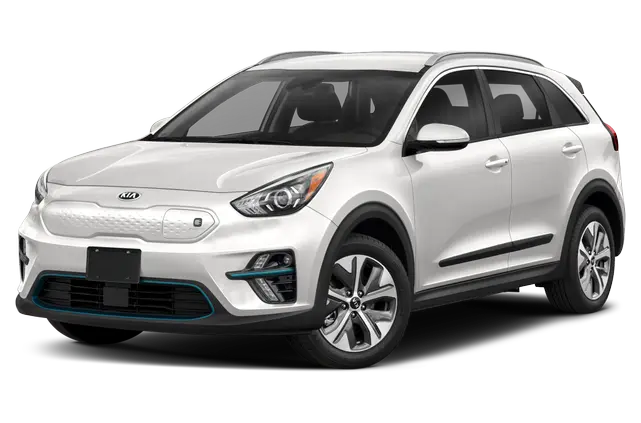Tesla’s delays are nothing new—but this one hits harder than most. The long-awaited affordable Tesla Model Y has just been pushed back. Again.
Instead of arriving in early 2025, production is now rumored for late 2025 or even early 2026. And true to form, Tesla didn’t explain why.
But this isn’t just another Elon delay. This one matters. A lot. Here’s why.
Tesla’s Sales Are Already Slipping
In Q1 2025, Tesla reported an 8.5% drop in global deliveries year-over-year. That’s a big deal. The Model Y is still their best-selling vehicle, but starting at $50,000, it’s out of reach for most buyers.
The electric car market is maturing fast, and Tesla’s prices aren’t keeping up. This delay on the cheaper Model Y means Tesla stays stuck at the premium end—just as more shoppers are finally ready to make the jump to EVs.
The Competition Isn’t Waiting
While Tesla drags its feet, everyone else is moving.
- BYD is flooding China and Europe with sub-$30K EVs
- Hyundai and Kia are cranking out affordable, well-built electric crossovers
- Toyota—yes, even Toyota—has EVs hitting showrooms this year
These brands aren’t just announcing cars. They’re building and selling them now, often at prices below Tesla’s cheapest options. Tesla may still lead in brand power, but others are catching up fast—especially when it comes to price, availability, and reliability.
Whatever Happened to the $25,000 Tesla?
Back in 2020, Elon Musk stood on stage at Battery Day and promised a $25,000 Tesla. It was supposed to change everything. Instead, we got:
- Vague prototypes
- Endless delays
- More side projects (Twitter, robots, SpaceX, brain chips…)
The affordable Model Y was supposed to be the fallback—a scaled-down SUV for the masses. Now even that looks more like a 2026 launch at best, and there’s still no guarantee it will hit an affordable price.
Tesla’s Focus Seems Elsewhere
While buyers wait for a price drop, Tesla’s attention appears focused on existing owners. Case in point: the new $2,000 “Acceleration Boost” for the Model Y, which improves 0-60 time by 0.4 seconds.
That’s a great upgrade—if you already own the car. But what about the millions of drivers priced out entirely? There’s nothing for them. No lower trim. No stripped-down variant. Just a growing price gap.
Tariffs Are Making It Worse
With U.S.–China relations tightening, 25% tariffs on EV parts are squeezing Tesla’s supply chain. The company is trying to shift production to Mexico and North America, but that’s slow work, and it complicates costs.
Tesla’s margin-driven business model depends on scale and efficiency. That’s hard to maintain when your parts are either expensive or tied up in trade battles.
What Will the “Cheaper” Model Y Actually Be?
If the delayed model ever makes it to market, don’t expect miracles. Based on the stripped-down Mexico-built Model 3, here’s what’s likely:
- Cloth seats
- Simplified audio system
- Smaller display or fewer cameras
- Reduced battery size
- No fog lights, ambient lighting, or advanced features
Tesla will still call it a Model Y. But whether it feels like a Tesla is a different question—especially if the price barely drops below $40,000.
Tesla Has a Pattern—and It’s Not Great
The original Model 3 was billed as a $35,000 car for the people. That version was hard to find, barely marketed, and quickly discontinued.
Now we’re seeing the same pattern with the Model Y: bold affordability promises, minimal transparency, and sliding timelines.
Tesla seems stuck between two identities: luxury tech innovator and mass-market EV leader. This delay suggests they still haven’t made the call.
Why It All Matters
Tesla remains the face of electric cars. What they do—or don’t do—sets the tone for the whole industry. If Tesla can’t figure out how to scale down costs, it sends a message: EVs are still for the wealthy.
And that’s dangerous at a time when the world is trying to accelerate EV adoption. Governments are writing policies. Consumers are getting curious. But price remains the number one obstacle.
If Tesla leads with $55K crossovers while others drop sub-$30K options, the market will eventually follow the price—not the brand.
What We Think
The 2026 Model Y delay isn’t just another footnote in Tesla’s erratic production schedule. It’s a missed opportunity at a critical moment in EV history.
Tesla built its legacy on bold moves and big bets. But right now, its hesitation to deliver true affordability feels like a company out of sync with its mission—and its customers.
We believe Tesla will still launch a “cheaper” Model Y. But it probably won’t arrive until late 2026, and it likely won’t be the budget breakthrough many are hoping for. By that time, companies like Hyundai, BYD, or even Ford may have already locked in the mass-market segment.
If you’re waiting on an affordable Tesla, we’d suggest looking elsewhere for now. There are some shockingly good EVs under $35K—available today.
Tesla isn’t out of the game, but this delay shows they may not be playing the same one anymore.






